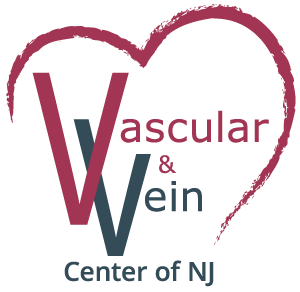Visceral Artery Aneurysm
An aneurysm is an expansion of an artery due to a weakening of the artery wall. As the artery enlarges like a balloon, the wall becomes thinner and can burst. A visceral artery aneurysm is one associated with the arteries supplying your liver, spleen, kidneys or intestines.
Uncommon, treatable
This type of aneurysm is uncommon. Successful treatment with catheter-based or conventional (open) surgery relieves symptoms and should remedy the problem.
Visceral aneurysms, like other aneurysms in the body, are not treated until they reach a certain size or cause symptoms. The size threshold varies with gender and age, but few aneurysms under 2 cm are treated.
Diagnosis
Visceral aneurysms are most often found while testing for other health concerns. They can be identified with abdominal scans such as computed tomography (CT), MRI and ultrasound tests. They can also be identified during an angiogram, used to assess the health of your arteries.
Treatments
CATHETER-BASED STENTING can be used to reline the wall of the affected artery. Through a puncture in your groin or arm, a catheter is inserted and advanced to the problem area. There, with the help of X-ray guidance, your vascular surgeon places a small device called a stent graft. The stent graft is a mesh-metal scaffold that provides permanent support to keep the artery open.
BYPASS SURGERY is preferred in some cases. The aneurysm is removed and replaced with a bypass or bridge connecting the normal segments of artery, or the artery is repaired without a bypass.
In some cases, it is better to intentionally close an artery, which can be done through a catheter-based procedure.
Symptoms
MAY BE ABSENT
You may have no symptoms. This type of aneurysm is usually found when imaging tests are done for other reasons.
ABDOMINAL OR FLANK PAIN
If you feel pain it may be because the aneurysm is growing and pressing against or beginning to compress other structures. Or, the pain may signal a clot has formed and is blocking blood flow. Occasionally, the aneurysm lets small pieces of a blood clot enter the organ that the affected vessel supports, and you may feel abdominal or flank pain if a piece of blood clot blocks flow to the intestines or kidney.
Causes
Aneurysms can form because of a weakness in the artery wall caused by atherosclerosis, connective tissue problems that you are born with, or certain medical conditions.
Aneurysms can also form following some medical procedures or be caused by infection.
Staying Healthy
If you find you have an aneurysm but treatment is not yet needed:
Visit your vascular surgeon regularly. Additional scans may be needed periodically.
Have your blood pressure tested regularly.
If medication is prescribed, stick with it.


